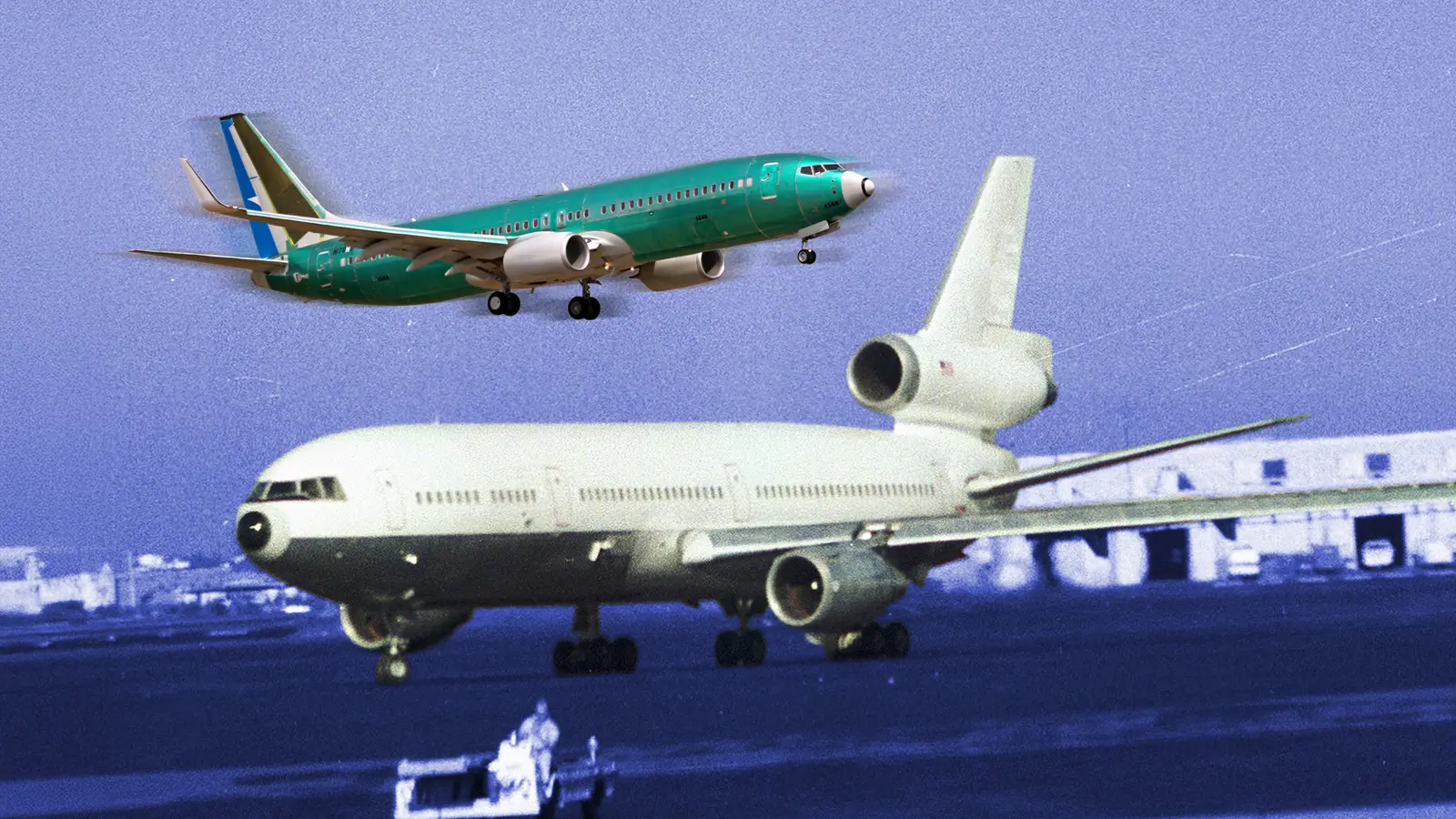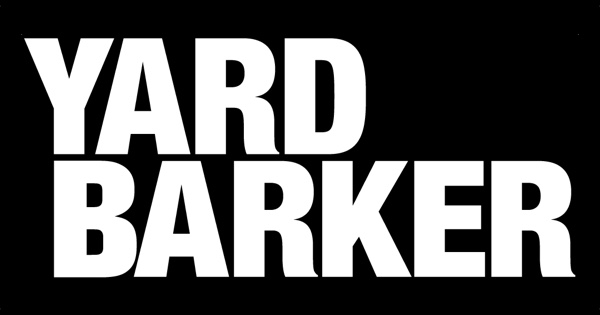Copyright Simple Flying

Boeing has long been the US' largest manufacturer of commercial aircraft, but there was a period of time in the 1950s when it didn't produce any commercial planes. This changed with the Boeing 707, which helped popularize the concept of jet-powered airliners, bringing us the Jet Age. Boeing toppled rival Douglas (later McDonnell Douglas) to become the world's largest commercial aircraft manufacturer, a title that it would hold until being dethroned by Airbus in the 21st century. Douglas was the world's top manufacturer before the 707, and while Boeing became larger during the Jet Age, Douglas continued to find success with the DC-8 and DC-9 in the 1960s. It merged with McDonnell to create McDonnell Douglas in 1967, and afterwards developed the DC-10, MD-80, MD-11, MD-90, and MD-95 until 1997. This is when Boeing merged with the company, and many of the company's current issues have been linked to this merger. But why did Boeing merge with McDonnell Douglas? Overview Of McDonnell Douglas The Douglas Aircraft Company was founded in 1921 in Santa Monica by Donald Wills Douglas Sr. The company became most famous for its iconic DC-3, which transported 90% of the world's passengers at one point, but it also found tremendous success with later models like the DC-4, DC-6, and DC-7. These aircraft established Douglas as an icon of the Golden Age of flying, and the company also became a major supplier of military aircraft. Douglas was initially hesitant to develop a jet-powered airliner, but along with the Boeing 707, the Douglas DC-8 made jetliners mainstream. After that, it developed the smaller DC-9, a plane meant for regional routes. However, Douglas found itself with dwindling funds while facing huge demand for its airliners and was having difficulties expanding production. As such, it accepted an offer from McDonnell Aircraft, a major military contractor, to form McDonnell Douglas. The new company's first aircraft was the McDonnell Douglas DC-10, a trijet widebody that slotted underneath the enormous Boeing 747. However, stiff competition from the Lockheed L-1011 and numerous accidents related to the DC-10's design meant that McDonnell Douglas never made money on the jet. The MD-80, a refreshed DC-9, was a hit, but future derivatives were a failure, and the MD-11 only sold 200 examples. McDonnell Douglas would later merge with Boeing in 1997. Why Boeing Merged With McDonnell Douglas McDonnell Douglas' commercial aircraft division had long been a failure by the time the two merged in 1997. The real crown jewel of the company, however, was the military division. Boeing was an established supplier for the United States armed forces, but McDonnell Douglas's military division was producing lucrative aircraft like the F-15 Eagle, F/A-18 Hornet, and the C-17 Globemaster III, all of which are some of the most iconic modern military planes. Boeing quickly discontinued the failing MD-11 and MD-90 product lines, while it rebranded the McDonnell Douglas MD-95 as the Boeing 717-200. Even this aircraft failed to gain traction, receiving only 156 sales. Boeing halted production of the 717 in 2006, only seven years after the 717 entered service. However, it rebranded former McDonnell Douglas military aircraft as Boeing and continued developing these planes. After the merger in 1997, Boeing continued production of the C-17 Globemaster III until 2015, after which it shut down the Long Beach assembly plant, where large Douglas and McDonnell Douglas planes were constructed for decades. The F/A-18 Hornet has been developed into the F/A-18E and F/A-18F Super Hornet. The F-15 Eagle was developed into the F-15E Strike Eagle by McDonnell Douglas, and then into the Boeing F-15EX Eagle II. Boeing's Issues Following The Merger In the 20th century, Boeing had a nearly sterling reputation as a reliable manufacturer of excellent airplanes, culminating wth the 777 in 1995 and the 737NG in 1997. In the 2000s, Boeing developed the 787 Dreamliner, a plane that burned the same or less fuel as a Boeing 767 while carrying more passengers and flying farther. However, when the Dreamliner was first unveiled to the public, it was a hollow shell, and when it entered service years late, it was the most delayed Boeing project ever. After it entered into service (EIS), concerns began to arise about production quality at the South Carolina plant, a facility that was chosen due to lower labor costs largely as a result of the state's non-unionized workforce. Additionally, early 787s were far heavier and less capable than advertised (later nicknamed the "Terrible Teens"), and the 787 line experienced numerous halts in the 2020s, again due to quality control issues. Despite the early concerns, confidence in Boeing remained high while the 787 received record orders. It wasn't until the infamous crashes of two Boeing 737 MAX 8 aircraft in 2018 and 2019, along with the subsequent 20-month grounding, that confidence in the legendary planemaker dived. A flaw in the plane's MCAS software system was listed as the primary factor, leading to allegations that Boeing rushed the refresh of a nearly 60-year-old airframe in an attempt to compete against the Airbus A320neo. How The Merger Impacted Boeing: The 787 In the late 20th century, Boeing made a number of acquisitions in an attempt to reduce its reliance on the commercial division and shift focus towards the military division, including the McDonnell Douglas merger. This proved to be a sound decision following the September 11 attacks and subsequent economic downturn. After the McDonnell Douglas merger, Boeing CEO Phil Condit also made the decision to move the company's headquarters from Seattle to Chicago. While Boeing was the surviving name following the 1997 merger, much of the upper management came from McDonnell Douglas. After Condit's resignation in 2003, former McDonnell Douglas CEO Harry Stonecipher took the reins, and one of his first major moves was to overhaul the company's supply chain strategy for the in-development 787. More of the plane's components were outsourced, and the design of these components was also left to the suppliers. Outsourcing is not an inherently bad business decision ( Airbus has long relied heavily on outsourcing). Boeing shares rose by up to 54% during the Dreamliner's development. However, the process proved to be difficult to manage logistically, and quality control became a major issue on the plane. Costs began to skyrocket, while Boeing had difficulty with production oversight, resulting in the aircraft's roughly three-year delay and persistent production issues. How The Merger Impacted Boeing: The 737 MAX Stonecipher resigned in 2005, with James McNerney taking the reins later the same year as his full-time replacement. McNerney wasn't a part of McDonnell Douglas before the merger; in fact, he was Boeing's first CEO to come in without experience in any commercial aircraft manufacturing company. Under his leadership, Boeing opened the South Carolina plant in an effort to bust the workers' union in Everett, and this facility (now the only 787 production line) continues to suffer quality control issues. However, McNerney is perhaps most known for his decision to re-engine the Boeing 737, rather than develop a new single-aisle airplane. Once again, this wasn't an inherently bad decision; customers generally wanted a re-engined 737, and the company's finances during development of the 787 made it difficult to justify a clean-sheet narrowbody. However, executives reportedly rushed the development of the 737 MAX, which led to the infamous MCAS system that caused the two fatal crashes. The MAX crashes and subsequent groundings are the most prominent issues to have faced the 737 MAX, but the program is also suffering from quality control issues like the 787. In 2005, under Stonecipher, Boeing spun off its Wichita plant that produced 737 fuselages into a new company called Spirit AeroSystems. The issues here culminated in a door plug blowing out on an Alaska Airlines 737 MAX 9 in 2024. Since then, Boeing has had to buy out much of Spirit Aerosystems to bring more production back in-house. Rundown Of The Boeing-McDonnell Douglas Merger Boeing merged with McDonnell Douglas in 1997 primarily for the failing manufacturer's lucrative military division, in an attempt to be less reliant on the ups and downs of the commercial aviation industry. However, some have described the merger as "McDonnell Douglas buying Boeing with Boeing's money", due to the level of influence that McDonnell Douglas executives had on the new company's trajectory and business decisions.



